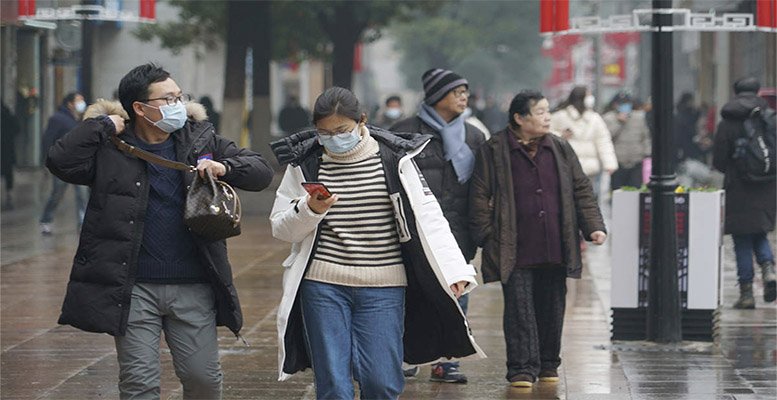China has decided that it will not set a target for economic growth for 2020, due to the uncertainty caused by the Covid-19 pandemic. This was announced by Chinese Premier Li Keqiang at the opening session of the National People’s Congress, the highest legislative body of the People’s Republic of China. According to Li, not setting a target for this year will allow ensuring stability on all six fronts (employment, financial sector, foreign trade, foreign investment, domestic investment and economic expectations). It will also ensure security in all six areas (employment security, basic living needs, market operations, food and energy security).
In the view of Kenneth Akintewe, Head of Asian Sovereign Debt at Aberdeen Standard Investments, “given the impact of the crisis on economies around the world, it is perhaps not a surprise that China has not set a target for GDP.”
“Growth targets in an unprecedented environment like this don’t make much sense. In some cases, agencies have been struggling even to collect data. And the outcome of the risks and impacts associated with Covid, including an escalation in trade tensions with the United States, is still very uncertain.”
For Intermoney as well it was logical to propose that there should be no explicit objective and that expectations should be conditioned by a flexible discourse. “
The move will cause a certain amount of commotion considering China has the quantification of its goals is in its DNA. However, as we pointed out some time ago, this year was going to be very different because setting a realistic goal would imply recognizing a strong deterioration in the country’s positive path. At the same time, launching a figure that would be difficult to achieve would be almost as negative.”
Renta4 believes the elimination of the 2020 GDP target is intended to avoid a pessimistic message (IMF expects +1%) which will force it to increase its deficit and debt excessively.
“China continues to base its recovery more on the expectations of its trading partners than on domestic demand itself, with all the doubts involved there.”
China will give priority to guaranteeing the population’s living standards, with job creation goals, reducing the unemployment rate to 6% and an inflation target of 3.5%. Meanwhile, on the fiscal front, they are extending their deficit target to 3.6% of GDP (compared with 2.8% in 2019 and above their previous “ceiling” of 3%, which, including the issuance of “special bonds”, could more than double). This opens up the possibility of further fiscal stimulus for a service sector that will take time to recover (change in consumption habits) and an industrial sector which, despite the recent improvement observed, could be penalized in the coming months by its main trading partners’ confinement.
Proposals also include reducing poverty amongst rural inhabitants, preventing and controlling financial risks or reducing energy consumption.
At the trade level, and despite the recent escalation of tensions with the United States, it reiterates its commitment to compliance with phase 1 of the US-China trade agreement.





